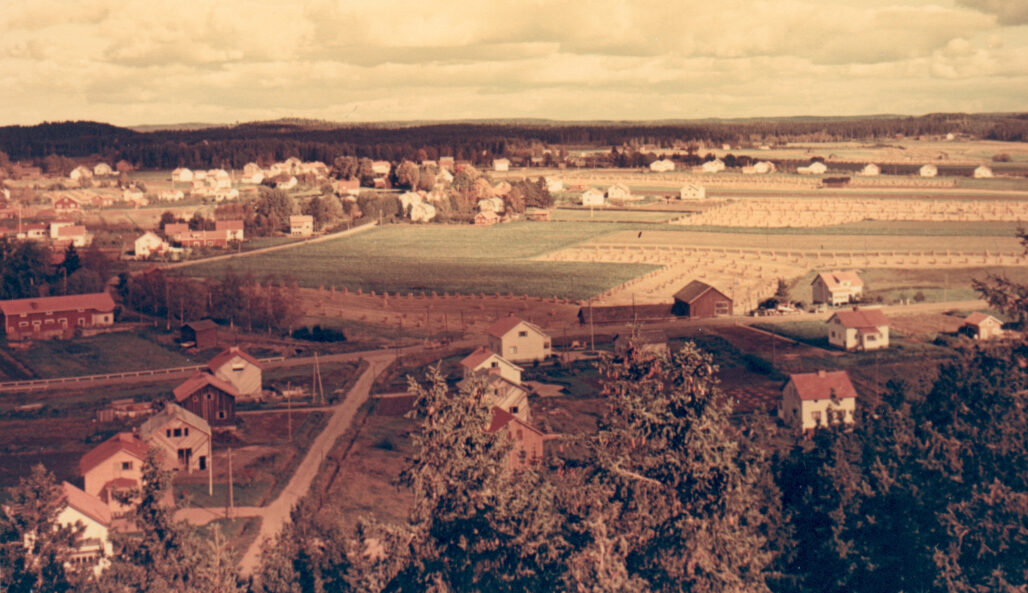
History of Turenki
In ancient times, the residents of Janakkala did not know sugar, but had to make do with mämmi and mahla. In 1950, sugar beets were cultivated in Janakkala on an area of 479 hectares. The yield was nearly 10,000,000 kg, from which about 1,000,000 kg of sugar was produced. TURENKI SUGAR FACTORY LTD
Quote: Janakkala ennen ja nyt I, 1951
Like the rest of Janakkala, the development of Turenki was significantly influenced by our country’s oldest railway that ran from Helsinki to Hämeenlinna, which was opened in 1862. The grand wooden station building of Turenki, one of the oldest in Finland, was built considerably large for the then small village, as the idea was to make Turenki a junction station for the St. Petersburg railway. However, Riihimäki received the junction station, while Janakkala got the vital transportation and freight route. The train journey to Helsinki once took nearly five hours, now just over an hour.
The railway is likely one of the reasons why the Häme raw sugar factory committee decided to build its sugar factory in Turenki. The area also had plenty of expertise, as settlers from Antrea brought with them their skills in sugar beet cultivation and experience from the factory left behind across the border. The commissioning of the sugar factory’s machinery in 1948 also initiated the development of Turenki into one of Finland’s most industrially advanced rural municipalities. The town began to grow around the factory. As was customary, the factory also constructed residential buildings.
In the 1960s, the sugar factory was joined by an ice cream factory when Valio Meijerien Keskusosuusliike decided, due to the tremendous growth in ice cream consumption, to establish a single large factory instead of three smaller ones. Ice cream is still produced in Turenki (Froneri Finland Ltd), but sugar production ended in 1998. However, the machine shop built alongside the sugar factory is still in operation. The buildings of the sugar factory are still used for industrial purposes.
Turenki also became the administrative center of the municipality when the now-demolished Päivärinne villa was purchased as the municipal hall in 1917. Until then, the municipality had been managed from Hamppula school in Tarinmaa. The current municipal hall was completed in 1963.
The layers of different eras are still very noticeable in Turenki. On a day walk, one can shift from one atmosphere to another and empathize with the lives of the late residents of Janakkala: imagining the curious gazes in the old wooden houses around the station as the steam train arrives and hearing the factory whistle in the industrial buildings dominating the center before continuing the journey to the new single-family home areas.